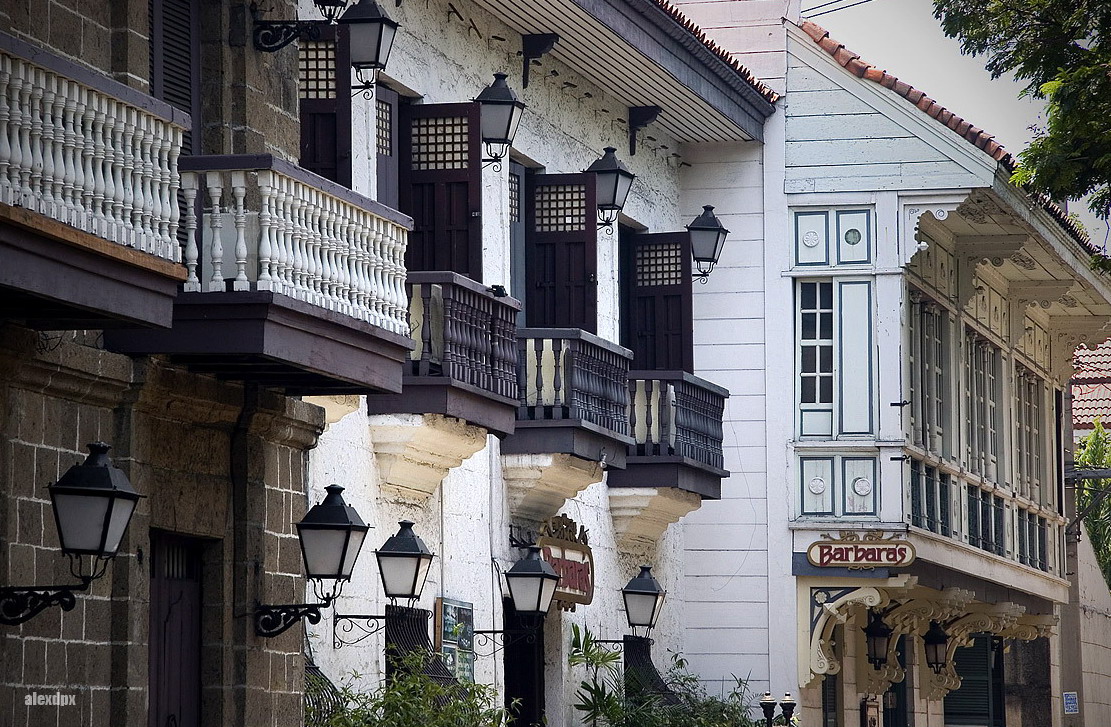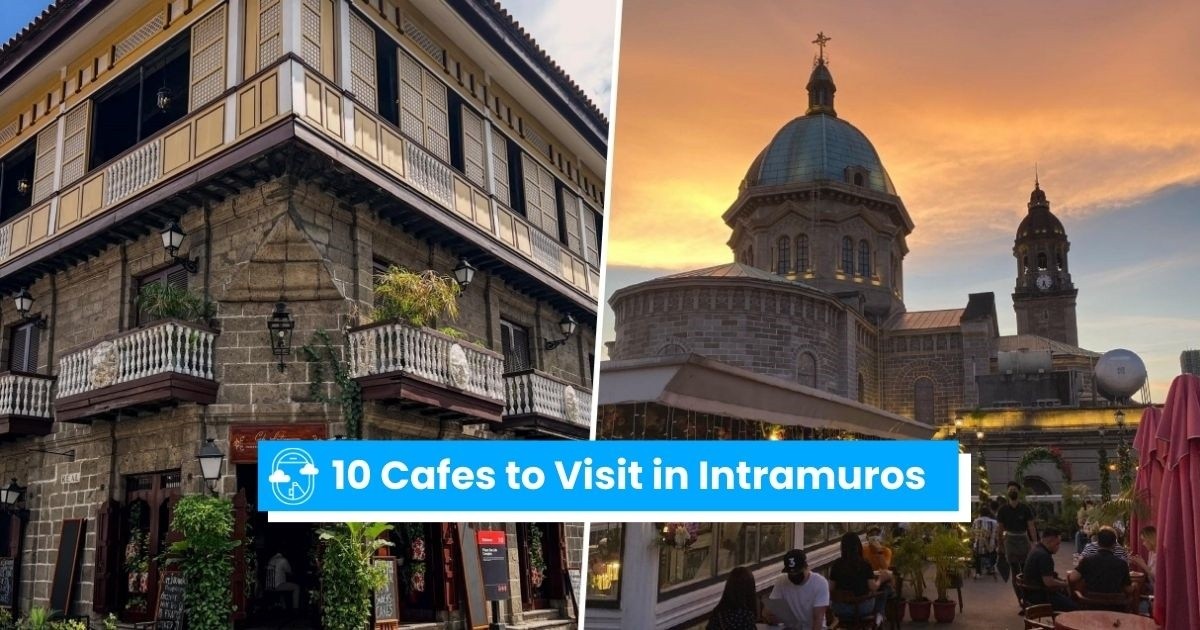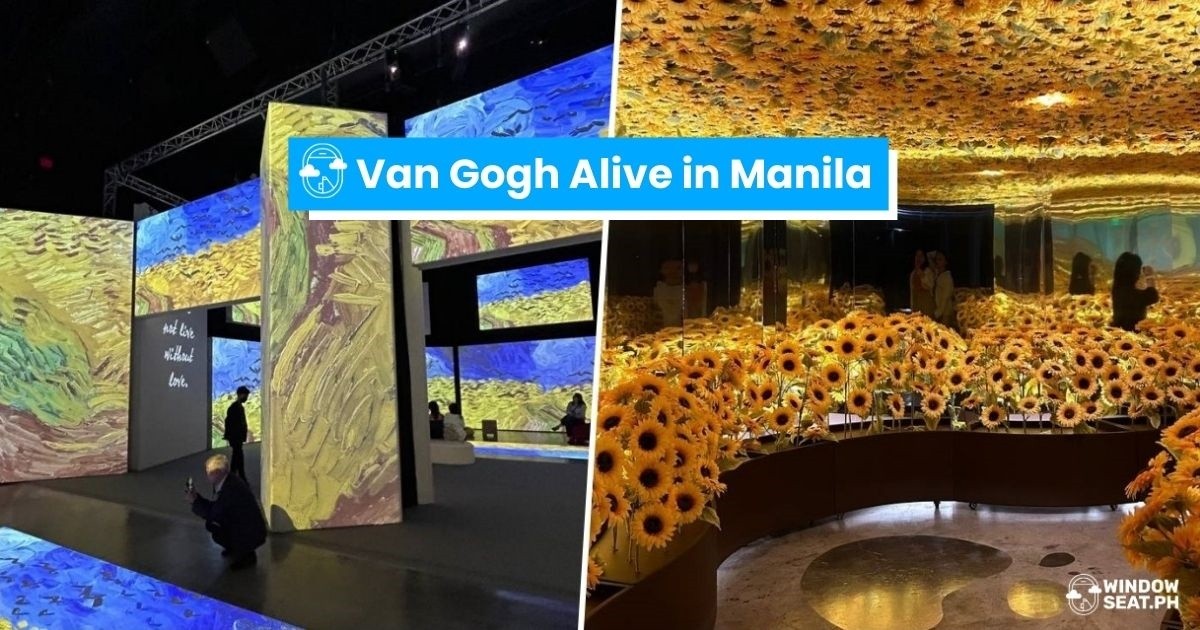8 Museums Inside the Walled City of Intramuros You Should Visit
You can’t only explore Intramuros today, you can explore its past, too.
by 8List | July 18, 2016

Plaza San Luis Complex, Gen. Luna cor. Real St., Intramuros, Manila, Metro Manila
527-4084, 527-4088
Want to know how Ilustrados lived during the Spanish period? Head to Casa Manila Museum. Recreating the life of the Filipino elite class during the 17th and 18th century, the museum shows the influence of Spain’s opulent lifestyle among the native Filipinos. More than just a walk through of the various artifacts and antique memorabilia, Casa Manila aims to revive Filipinos’ buried past and preserved the country’s rich history.
Governed by the Intramuros Administration, the museum building has a baroque design, with ornate high ceiling, Castilian flooring and Victorian wood furniture. Like the other houses in Plaza San Luis Complex, the casa has commercial establishments on the ground floor and residential areas in its upper floors.

Gen. Luna cor. Real St., Intramuros, Manila, Metro Manila
527-2746 | sanagustinchurch.org
Another museum that gives a crash course on the prevailing religion in the Philippines is the San Agustin Church Museum. Connected to the centuries-old church through a passageway from the balcony, the San Agustin Museum preserves the church’s ecclesiastical relics and artworks such as wooden and ivory statues, Dominican paintings and sculptures, renditions of the galleon ships, the church’s 3400-kilogram bell and other architectural emblems of Spanish Catholicism.
While you are at it, you might want to also take a look around the San Agustin Church, a UNESCO Heritage Site. It has Spanish baroque architectural and Dominican influences that were quite prevalent during the Spanish regime. It also has some touches of Filipino and Chinese designs as evident in the octagonal-shaped, gold-gilded linings and pineapples decorating the pulpit. Italian artisans also incorporated trompe de l’oeil on the ceiling.
Having survived many bombings and weathered earthquakes and other natural calamities, its walls are testament to the rich Filipino history. Probably the main highlights of the tour are the is the bamboo organ, featuring a five-organ piano, on the church’s balcony and the mausoleum at the rear left of the church altar which houses the remains of Miguel Lopez de Legazpi, the Spanish Governor who named Manila as Spain’s colony.

Fort Santiago, Intramuros, Manila
491-3994
Located inside the Fort Santiago, the Rizal Shrine Museum is a two-storey building dedicated to the life and heroism of the Philippine national hero Dr. Jose Rizal. The building, which contained Rizal’s prison cell, originally housed the artillery companies of the Spanish army. The cell on the ground floor was the barracks pantry. Like the rest of the fort, it was destroyed during the World War II and was later reconstructed in 1953 to become the museum.
Upon entering on the first room in the ground floor, one can see a mural by National Artist Carlos “Botong” Francisco depicting the Philippine hero’s execution. In the Chamber of Texts room, one can see excerpts of Rizal’s works engraved on metal plates and other personal artifacts including his ophthalmologic instruments.
At the Garden Gallery is the small, windowless cell where Rizal was imprisoned. It has a life-size statue of Rizal sculpted by National Artist Guillermo Tolentino. History has it that this was where Rizal saw his mother for the last time and gave to his sister Trinidad the alcohol burner where he hid the last poem he had ever written, the “Mi Ultimo Adios” (My Last Farewell).
Also read: Have You Heard About the Museum of Broken Relationships?










Pingback: Must-See, Man-Made Attractions of the Philippines
January 30, 2018 at 2:59 pm
Pingback: Revisiting the Past: Exploring Fort Santiago’s Dungeons
February 5, 2020 at 9:59 am
Pingback: The Most Beautiful Starbucks Branches Around Metro Manila
February 12, 2020 at 11:00 am
Pingback: Feel Like You’ve Traveled to Europe at this Roof Deck Café in Intramuros
August 19, 2020 at 11:00 am